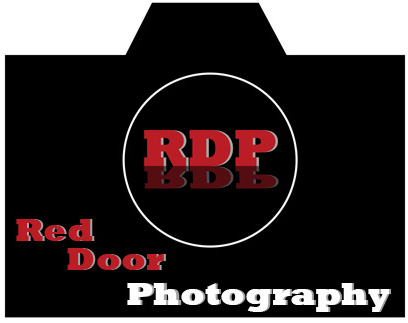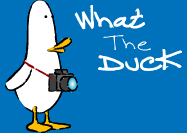
This is one of my favorite images from the Pink Launch party. Yes there were tons of hot women running around in scantly clad clothing. And yes I took lots of pictures of all of that, but I just enjoy looking at this image. Maybe it's my love of music, or maybe it's because I enjoy watching a good DJ do his thing. Whatever the reason, I thought enough of the image to share it with you guys. The technicals of the shot were pretty simple. I had the on camera flash pointed directly at him but dialed down almost a full stop. I also had a stand mounted flash to the camera right with a red gel on it. This is what produced the red you see on him. In hind sight I think I could have dialed down another stop on the on camera flash to let a little more of the red in. Either way, I hope you all enjoy it as well.
Today I'm going to jump into some circular polarizer stuff. Lots of photographers(especially landscape photographers) consider the circular polarizer a must have item. The main thing that people use polarizers for in photography is increased contrast(even if they don't know it) There are some very helpful images Here that show the difference between an image taken with a polarizer and without. With the use of a polarizer the greens become more dark green in the trees and the blues of the sky become a deeper shade of blue. The second most sought after effect from a polarizer is reduced glare. Again if you reference the photos at that link I provided above, you will see the dramatic difference that a polarizer makes on photographs that include water, or a window. There is no glare to deal with. This makes things really nice when doing a beach shot, or a photo of someone through a window.
I'm not going to go into the math, and laws behind how a polarizer works because quite honestly I don't know them, and I'd just be rewording what I read somewhere else. I will however give a brief description of how to use them. They attach to the end of your lens like any other photo filter. They screw directly into the barrel threads on the end of your lens. Unlike most other filters though, they are two piece filters. There is the element that screws into place to hold the filter, and there is a second "ring" that you can turn freely. This ring adjusts the effect the filter has on your image. You can look through the viewfinder and turn the outer ring until you get the effect that you like. Once you do, press the shutter. It's that simple.
There are some downfalls to a CP filter though, the biggest is that it reduces your light by a stop or more. Meaning if you are shooting at f/4 without the filter when you place the filter on , you'll be shooting at f/5.6. That's just how it works. Just keep that in mind when you are setting up for the shot, especially if you are in manual mode. This can be important. Hope this helps explain a little about Circular Polarizers. Jason






I like your picture of the DJ!
ReplyDeleteOne thing I can tell you about Photojournalism is that when you go to an event, look for things that you would not expect just because it fits the them (i.e. you're at a party, don't just take pictures of the dancers, get the bartender, or detail shots of drinks, etc.) In other words, shoot everything and "cover the story" and shoot it all! :) Obviously, you don't need me to tell you how to shoot event photography, when I saw your pic of the dj, it reminded me of some of my thoughts that I have going into an event.